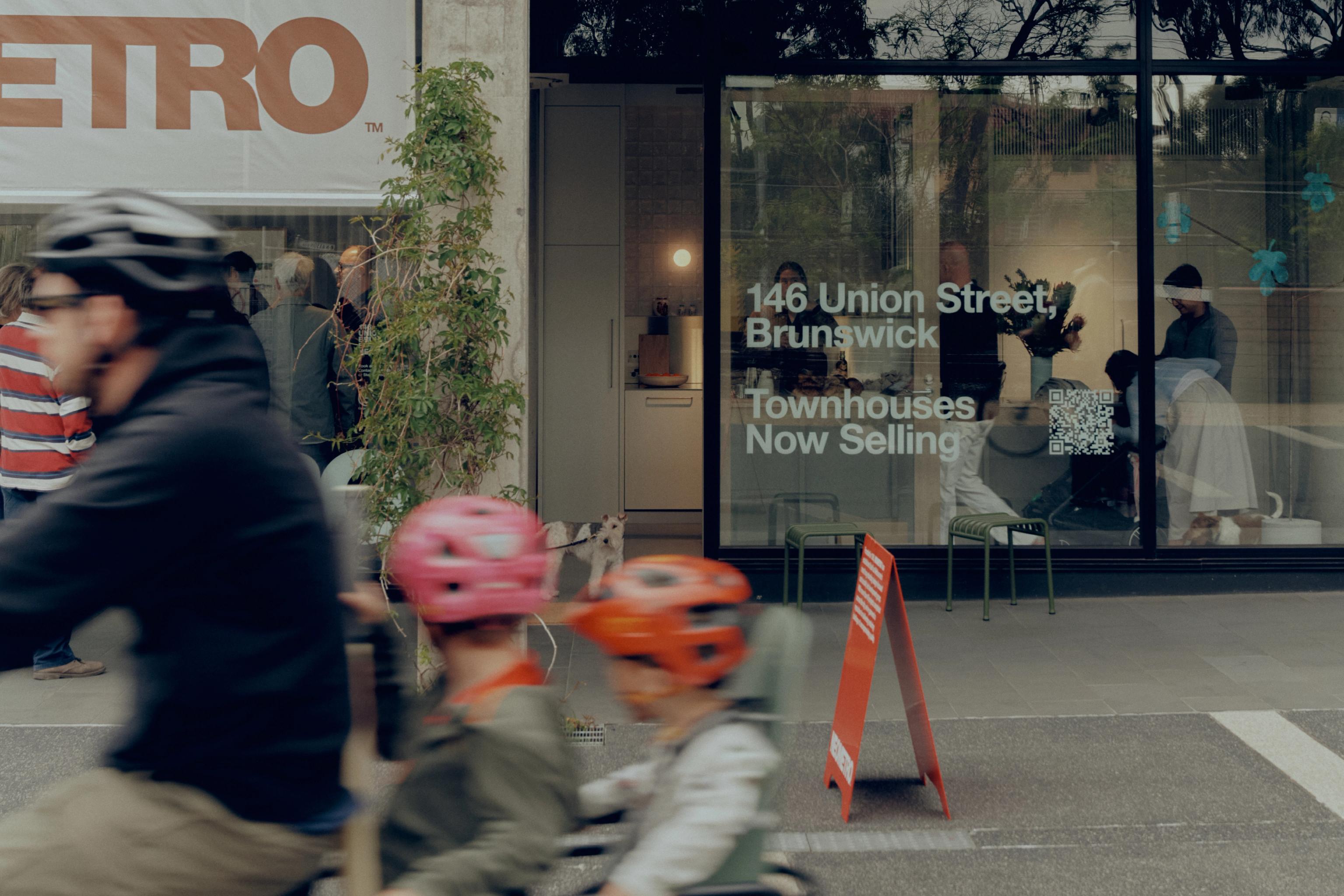✴Events
❉Dialogue
Mira Martinazzo of MUD Office - An ode to garden landscapes

Gardens have long been a vital touchstone of home. For those living in apartments, proximity to public parks and gardens is often high on the desirability list. Landscaping within, around, up and over multi-residential developments has become a fundamental driver of wellbeing, aesthetics and atmosphere within the overarching design and development narrative.
Melbourne-based studio MUD Office, create landscapes that intuitively compliment the built fabric they accompany while providing respite and natural beauty. We talked with Mira Martinazzo, Landscape Architect and Director of MUD Office, about the studio’s approach and philosophies when it comes to mediating between the built and natural facets of our multi-residential communities.

Image by Derek Swalwell
Open Journal (OJ): What is the importance of landscaping within a multi-residential built environment?
Mira Martinazzo (MM): Simply put, we believe landscaping plays a critical role within a multi-residential site. Landscaping welcomes us home, provides comfort, habitat and beauty. Planting ties a building into a setting and provides much need relief in urban living. Planting also brings life, colour and movement to the built form. Landscaping can promote feelings of privacy, tranquility and space. Vistas from interior spaces are enhanced by greenery by the fostering of pleasure and interest.
Landscaping can also be used to shape micro-climates within the immediate surrounds, passively assisting in cooling the building, providing shade and sun, protecting spaces from wind and improving air quality.

Image by Derek Swalwell
OJ: Mud Office gardens are distinguished by their softness and informality. What is it about the enduring relationship between people and place that inspires this approach?
MM: Our gardens are designed to be immersive spaces for relaxation and engagement. These spaces are deliberately loose and unstructured to create an atmosphere in which to unwind and feel at home. We like forgiving and slightly wild spaces that are not too precious. Pristine gardens can be wonderful, however they do require a level of maintenance that most clients do not have the inclination, nor the time for.

Image by Erik Holt
OJ: What are the wellbeing benefits of landscape/gardens?
MM: Gardens offer a simple tonic to the daily pressures of life granting simple pleasures and comforts. Mental, emotional and physical benefits are derived from being within or looking out to green spaces. In a multi-residential setting, we like to ensure access to greenery is integrated and can enjoyed on a daily basis. We design replenishing, soft and informal spaces to evoke a relaxed, easy atmosphere to enjoy and unwind.

Image by Erik Holt
OJ: Gardens sometimes reflect the surrounding context and sometimes counterbalance it. How is this modulation achieved through their design?
MM: Our landscapes relate to the immediate context as well as the greater context into which they are located. The local context will always have an influence on our designs. This could be as simple as capturing a borrowed view or editing out views onto unhelpful neighbouring elements.
More and more in an urban context, we need relief from the built environment. We need the therapy of engaging with, growing, and living within greenery. In a rural or coastal environment we work with the context rather than against it. We like to put the immediate context to good use; greater forces such as salt-laden winds can be used to shape an environment in a poetic and elemental way.

Image by Derek Swalwell
OJ:How does planning landscaping for a multi-res project differ from a freestanding house?
MM: The principles of design between the two typologies remains consistent. We focus on creating a cohesive design in response to the architectural expression, the local neighbourhood character and the environmental context.

Image by Derek Swalwell
OJ: How can landscaping converse with and impact on the built environment?
MM: Landscaping creates an invitation to a built space. Landscape elements can draw us in, hold our attention, and planting can enhance built forms and provide sensory delight against a structure. We experience landscaping through a visceral connection, activated by colour, light, movement and/or scent and these connections are imprinted on our experience of a space. Landscape connections between the garden and interior spaces enhance both environments and link the occupant to the seasons.

Image by Erik Holt
OJ: Mud Office environments largely touch the earth lightly, sustaining and regenerating as if to mark time. Can you please share your thoughts on how this will take the studio into the future?
MM: We will be creating landscapes that are more self-sustaining and less dependent on resources. These landscapes will also support biodiversity and the creation of habitats beneficial to birds and insects. Links to landscape corridors or the creation of microclimates will also shape these spaces. We will continue to use our soft landscaping toolbox to mitigate the heat island effect within urban spaces providing shade, protecting soil and greening buildings.

Image by Erik Holt
With special thanks to Mira Martinazzo and MUD Office. Interview compiled by Images Tiffany Jade. Images by Erik Holt and Derek Swalwell.
MUD Office has worked with Neometro on multiple projects including South Crescent, Northcote; 57 Martin Street, Thornbury, Nine Wilson Ave, Brunswick and is currently working with us on our upcoming projects 450 Gore Street, Fitzroy and 49 Walsh Street, South Yarra.


